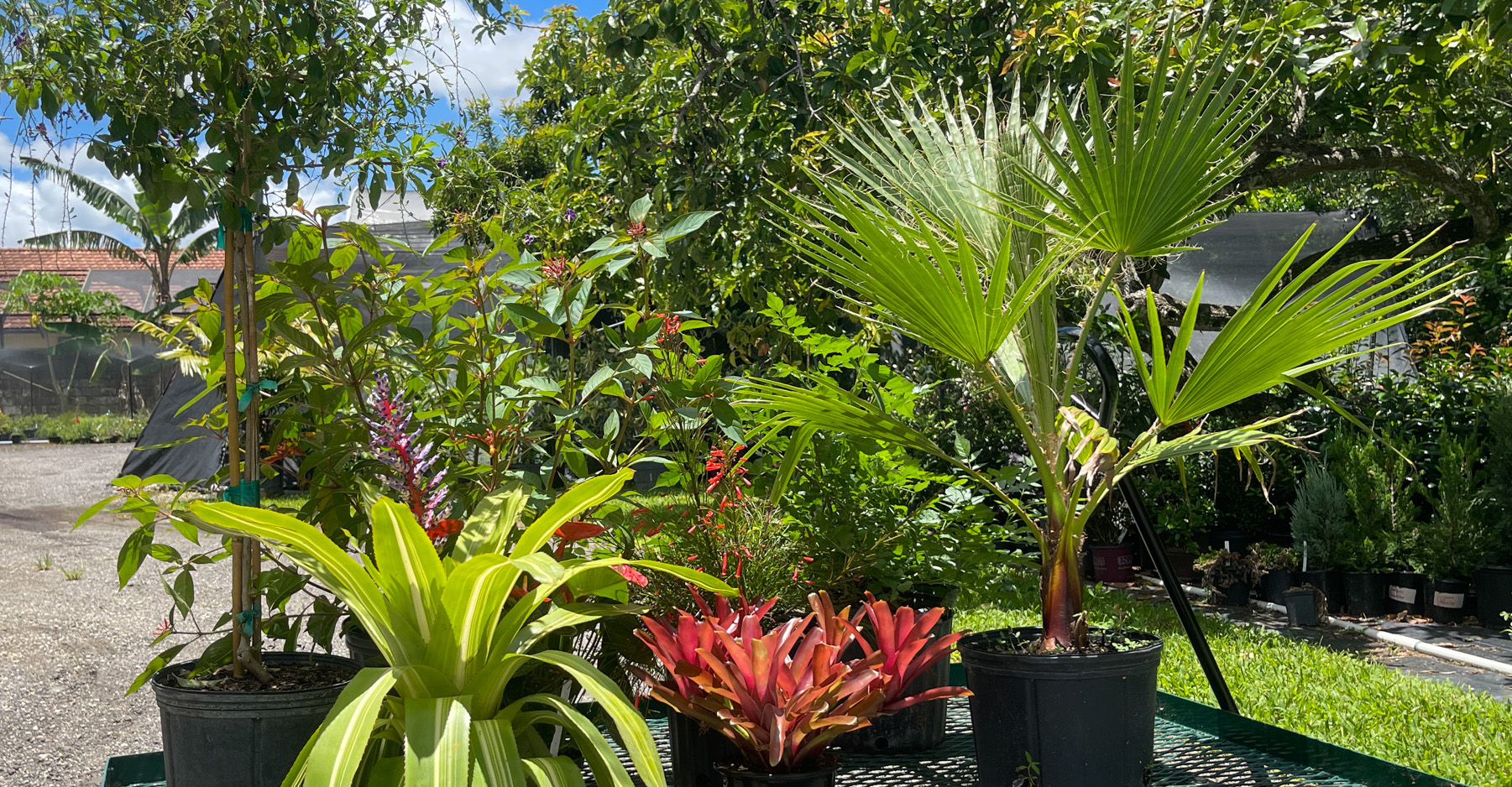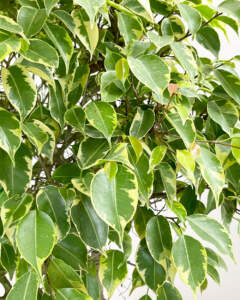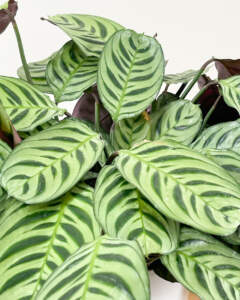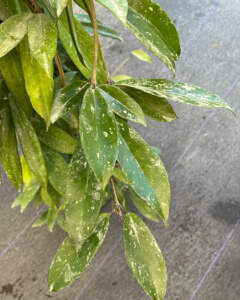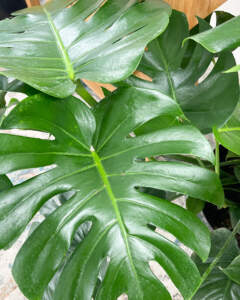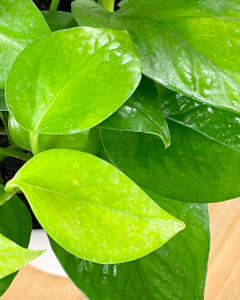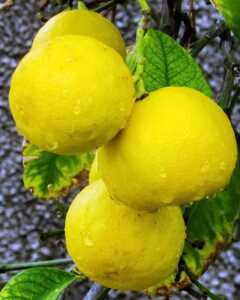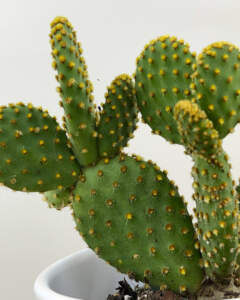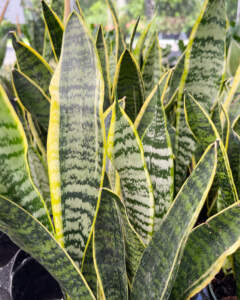As you have probably noticed, PlantVine has one of the largest selections of indoor plants and trees available anywhere online. We know it can be a bit daunting to find the perfect plant for you. Sometimes you know what species it is you are looking for, but did you know that each species can also include dozens — if not hundreds — of different varieties of that plant. Each variety can have its own personality, including different coloration or size, because of differing subspecies or cultivar. That’s why we have put together these variety pages so that you can find the variety of a species that is as unique as you are.
What’s the diffeerence between a Subspecies and a Cultivar?
Plant subspecies and cultivars are two distinct categories that involve variations within plant species, but they differ in terms of their classification, natural occurrence, and breeding methods.
Subspecies, also referred to as botanical varieties, represent naturally occurring variations within a species. They are categorized based on distinct characteristics, such as morphology, growth habit, or habitat preference. Subspecies can have genetic variations that are specific to certain geographic regions or environmental conditions. These variations are the result of natural selection and adaptation over time. Subspecies are typically identified through rigorous scientific study and are named using the binomial nomenclature system.
On the other hand, cultivars (short for cultivated varieties) are plants that have been intentionally bred and selected by humans for specific desirable traits. Cultivars can exhibit variations in flower color, leaf shape, growth habit, disease resistance, or other characteristics. They are created through controlled breeding programs, where specific plants with desirable traits are crossed to produce offspring with those traits. This process may involve hybridization, selection, and sometimes genetic modification.
Cultivars are given unique names to distinguish them from their parent species and other cultivars. These names often reflect the traits or characteristics they possess. Cultivars can be propagated through various methods, including seeds, cuttings, grafting, or tissue culture. They are extensively used in horticulture, landscaping, and agriculture to enhance ornamental value, improve crop yield, or address specific environmental conditions.
The breeding of cultivars aims to improve or introduce new traits in plants, such as disease resistance, color variations, longer blooming periods, or enhanced fragrance. Breeders carefully select parent plants that possess the desired traits and cross them, often over multiple generations, to stabilize and amplify those characteristics. The process involves rigorous observation, selection, and testing to ensure consistency and quality in the resulting cultivars.

